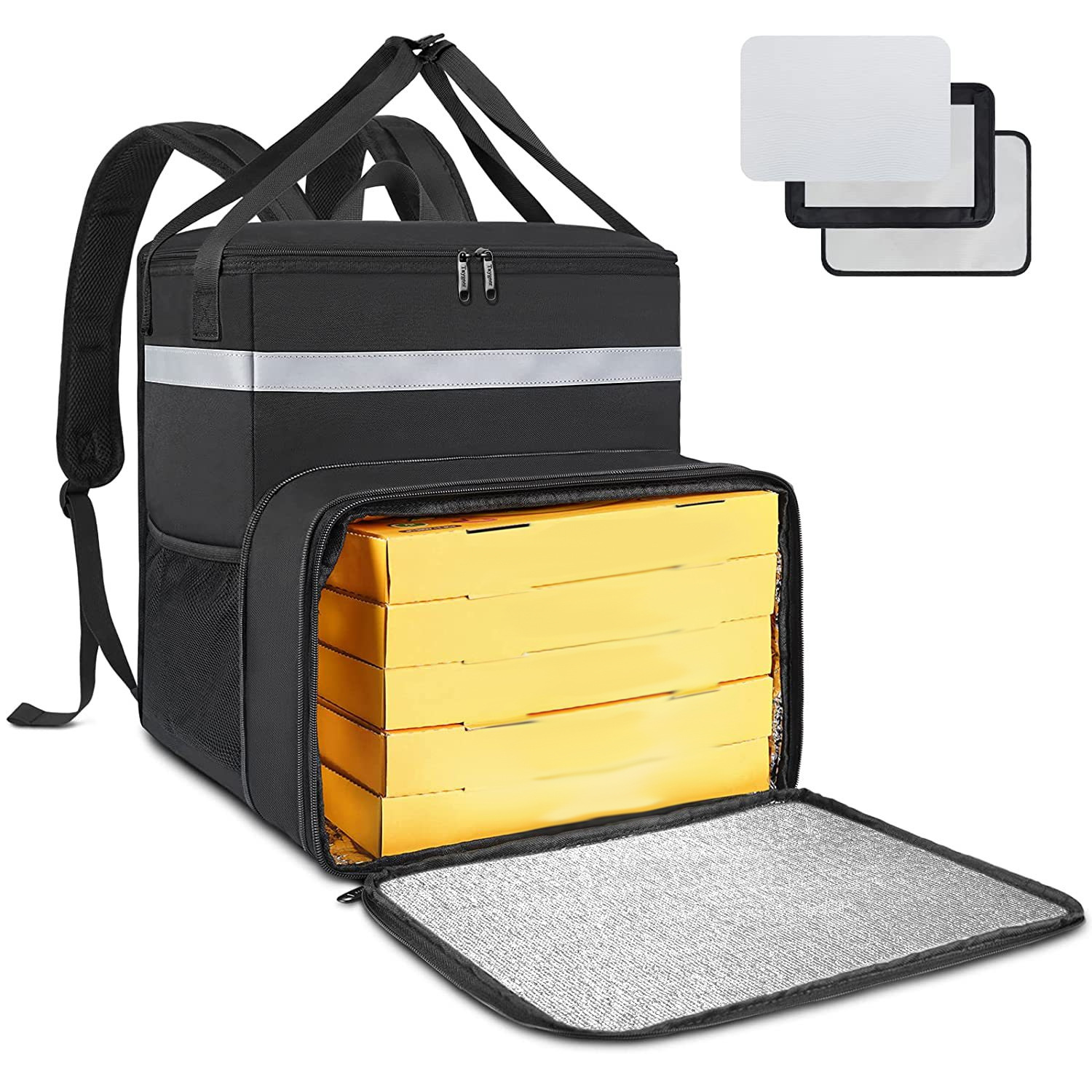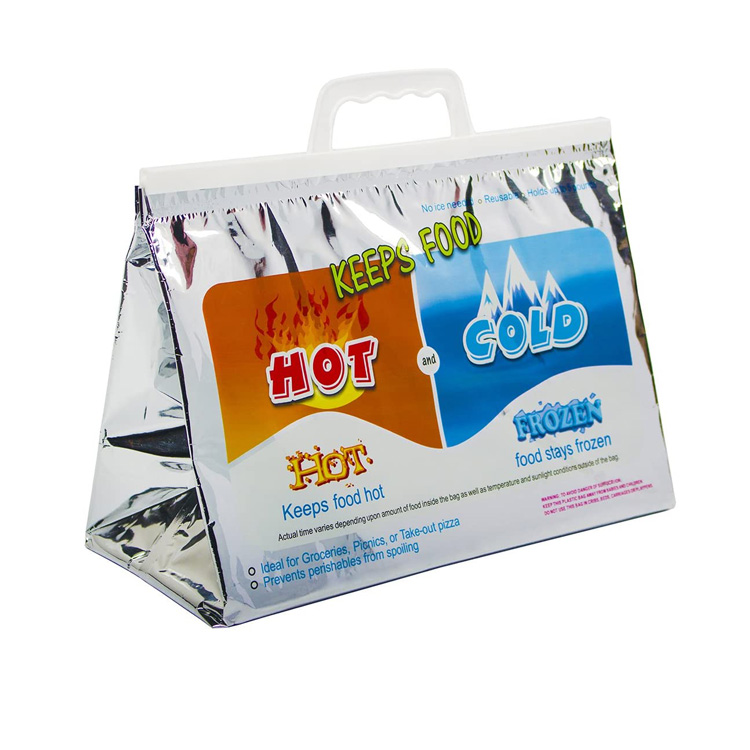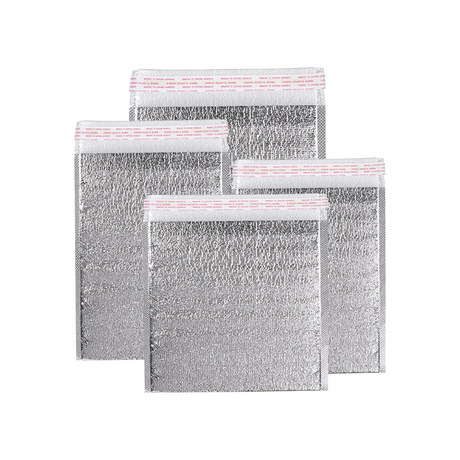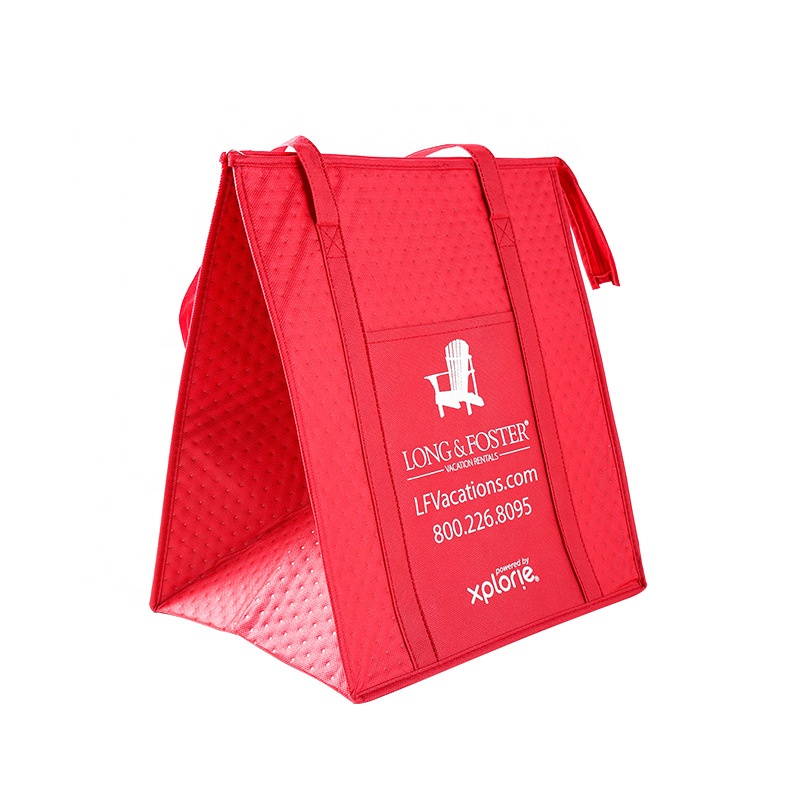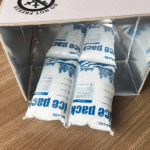Five Major Types of Ice Packs and Their Characteristics
1. Standar Paket es
Keuntungan:
Biaya rendah, simple manufacturing. Widely used in daily life and short-haul transport.
Reusable after freezing; user-friendly.
Keterbatasan:
Relatively short cooling duration (typically hours).
Rigid texture when frozen; poor adaptability to irregular packaging.
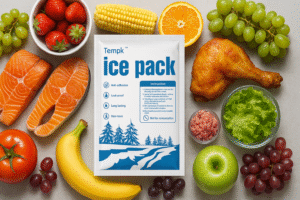
2. Paket dingin instan
Keuntungan:
Tidak diperlukan pra-beku. Rapid cooling via squeezing/shaking—ideal for outdoor emergencies or medical use.
High flexibility for ad-hoc needs.
Keterbatasan:
Higher per-use cost (typically single-use).
Short cooling effect (30–60 mins); unsuitable for prolonged storage.
3. Gel Ice Packs
Keuntungan:
Gel-like flexibility when frozen; conforms to irregular shapes.
Extended cooling duration (hours+); optimal for long-haul cold chain transport.
Reusable with high cost efficiency.
Keterbatasan:
Higher cost than standard packs.
Leakage risks may contaminate goods; requires extra packaging.
4. Water-Activated (Dry) Paket es
Keuntungan:
Kompak & lightweight pre-use; low storage/transport costs.
Expands rapidly when hydrated; remains flexible when frozen.
Customizable sizing via cutting.
Keterbatasan:
Requires pre-soaking & pembekuan; longer prep time.
Leakage upon rupture risks cargo contamination.
5. Fillable Ice Packs
Keuntungan:
Space-efficient storage/transport (kosong). On-demand use by adding water.
Reduces inventory costs.
Keterbatasan:
Water-filling & freezing delay usability.
Manual filling adds labor costs and operational steps.
This guide outlines five essential ice pack types for cold chain applications. Standard packs offer low-cost reusability but limited flexibility. Instant packs enable rapid cooling for emergencies, while gel packs provide extended temperature control and shape adaptability for long-haul transport. Water-activated variants minimize storage space, and fillable packs reduce inventory costs. Key selection criteria include cooling duration (30 mins to 12+ jam), contamination resistance (gel/dry packs require leak-proof packaging), and cost efficiency. Optimize perishable goods protection by matching ice pack properties to specific transit needs and operational constraints.







